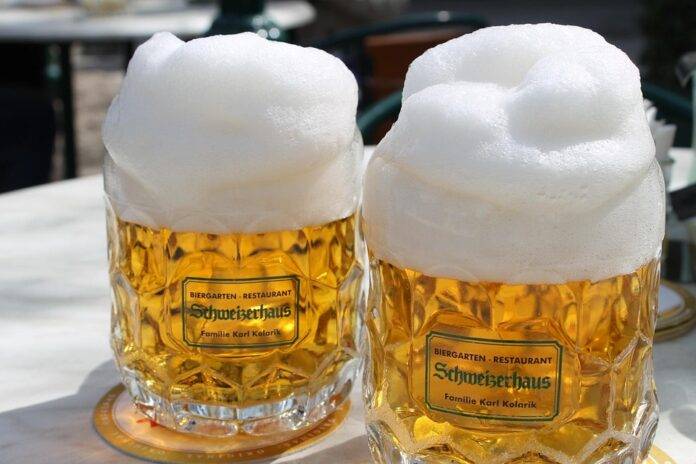The Influence of Barrel Aging on Beer
Barrel aging has become a popular technique in the craft beer industry, with many breweries experimenting with this process to create unique and complex flavors in their beers. This method involves aging beer in wooden barrels, typically oak, that have previously been used to store spirits such as whiskey, rum, or wine. The interaction between the beer and the wood results in the extraction of flavors, aromas, and tannins, adding depth, complexity, and character to the final product.
Depth and Complexity
One of the primary reasons why barrel aging adds depth and complexity to beer is the process of extraction. As the beer sits in the barrel, it absorbs compounds from the wood, such as vanillin, tannins, and other flavor compounds that have been left behind from the previous contents of the barrel. These compounds interact with the beer, creating new flavors and aromas that would not be present in traditionally brewed beer.
The aging process also allows the beer to undergo oxidation, which can mellow out harsh flavors and create a smoother, more balanced beer. This oxidation can also lead to the development of new flavors, such as sherry-like notes or nutty undertones, adding layers of complexity to the beer.
Character and Flavor Profile
Barrel aging can significantly impact the flavor profile of beer, depending on the type of barrel used and the length of aging. For example, aging beer in bourbon barrels can impart notes of vanilla, caramel, and oak, while wine barrels may add fruity or acidic characteristics. The choice of barrel can greatly influence the final flavor profile of the beer, allowing brewers to experiment with different combinations to create unique and innovative brews.
In addition to the flavors extracted from the wood, barrel aging can also introduce microorganisms present in the barrel, such as wild yeast or bacteria, which can contribute to the fermentation process and add complexity to the beer. These microorganisms can produce funky, sour, or tart flavors that can enhance the overall character of the beer.
Industry Insights
The craft beer industry has seen a surge in popularity in recent years, with consumers increasingly seeking out unique and experimental brews. Barrel aging has become a key trend in the industry, with many breweries investing in barrels from distilleries or wineries to create specialty beers that stand out in a crowded market.
According to industry data, the global craft beer market was valued at $108.91 billion in 2020 and is projected to reach $190.66 billion by 2027, with a CAGR of 9.1%. This growth can be attributed to consumer demand for high-quality, innovative beers that offer unique flavor profiles and experiences.
Many breweries have capitalized on the trend of barrel aging by releasing limited-edition barrel-aged beers that command premium prices and attract beer enthusiasts looking for something special. These specialty releases often sell out quickly and generate buzz around the brewery, helping to build brand loyalty and attract new customers.
Financial Data
Barrel aging can also have financial implications for breweries, as the cost of acquiring and maintaining barrels can be significant. Oak barrels, in particular, can be expensive, with prices ranging from $100 to $500 per barrel, depending on the size and type of wood. Breweries must also consider the storage space required for aging barrels, as well as the time and labor involved in monitoring and tasting the beer throughout the aging process.
Despite the upfront costs, barrel aging can be a lucrative investment for breweries, as barrel-aged beers often command higher prices and are in high demand among consumers. Many breweries have found success in creating barrel-aged beer programs that release new batches regularly, creating a sense of anticipation and excitement among their customer base.
In conclusion, barrel aging adds depth, complexity, and character to beer by extracting flavors from the wood, allowing for oxidation and fermentation, and creating a unique flavor profile that sets these beers apart from traditional brews. This process has become a popular trend in the craft beer industry, with breweries leveraging barrel aging to create innovative and sought-after beers that appeal to a growing market of beer enthusiasts.




